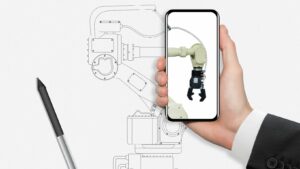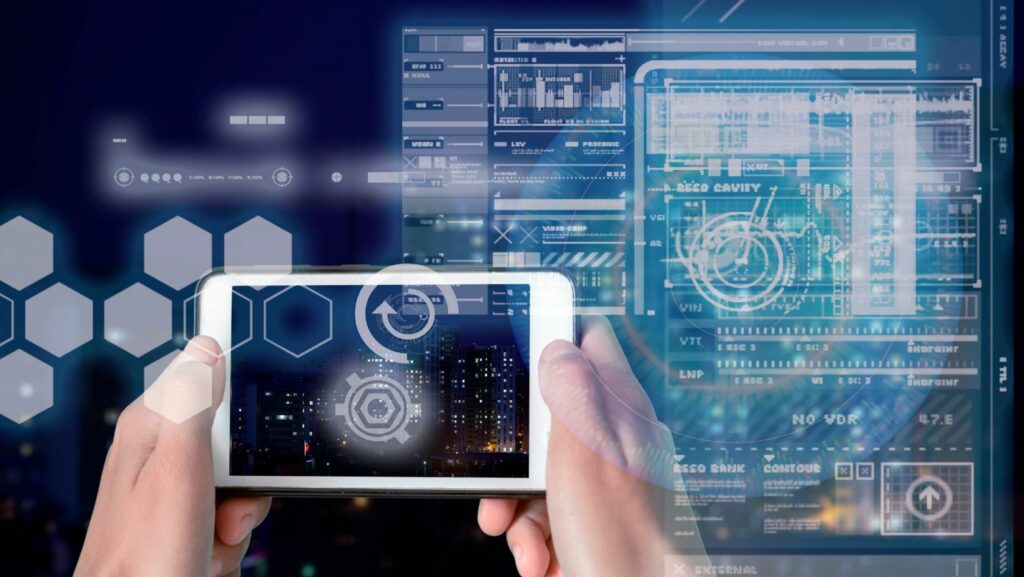Have you ever imagined a world where digital elements seamlessly blend with the physical environment around you? That’s the captivating realm of BC augmented reality. As an avid explorer of cutting-edge technologies, I’ve delved into the fascinating landscape of augmented reality, particularly in the context of business and commerce.
In this article, I’ll be sharing insights on how BC augmented reality is revolutionizing industries, enhancing customer experiences, and shaping the future of interactions between businesses and consumers.
BC Augmented Reality,
The Basics of AR Technology
Exploring BC augmented reality involves understanding the fundamentals of AR technology and how it intertwines with the business landscape. It’s about overlaying digital information onto the physical world, creating an immersive experience that engages users in new and innovative ways. In BC augmented reality, businesses leverage AR to enhance their offerings, from interactive product demonstrations to virtual showrooms, providing customers with a unique and personalized experience.
The History and Evolution of BC AR

Delving into the history and evolution of BC augmented reality unveils a journey of technological advancements and innovation. From its inception to the present day, BC AR has undergone significant transformations, shaping the way businesses interact with their target audience. By tracing its evolution, we can appreciate how BC augmented reality has evolved into a powerful tool for enhancing marketing strategies, improving customer engagement, and driving business growth in the digital age.
Key Features of BC Augmented Reality
Interactive Components
In BC augmented reality, interactive components play a pivotal role in elevating user engagement. Through interactive elements, users can actively participate in virtual experiences, creating a dynamic and immersive environment. These components enable users to manipulate digital content, explore products from various angles, and engage with virtual interfaces in real-time.
Real-Time Data Overlay
Real-time data overlay is a game-changer in BC augmented reality, allowing businesses to integrate live information seamlessly into the virtual environment. This feature enables the display of up-to-date data, statistics, and relevant details in real time, enhancing the overall user experience. By overlaying real-time data, businesses can provide users with immediate and accurate information, improving decision-making processes and fostering a deeper level of engagement. Real-time data overlay empowers businesses to deliver timely and relevant content, enriching the AR experience and driving customer satisfaction.
3D Visualization in BC AR
3D visualization is a key component of BC augmented reality, offering users a lifelike and immersive viewing experience. By leveraging 3D visualization technology, businesses can present products in a realistic manner, allowing users to visualize them in a three-dimensional space. This feature enhances product presentations, facilitates better understanding of complex concepts, and enables users to interact with virtual objects in a more intuitive way. 3D visualization in BC AR enhances the visual appeal of products, creates memorable experiences for users, and sets businesses apart by providing a cutting-edge and innovative platform for showcasing their offerings.
Application Areas for BC Augmented Reality
Education and Training

In education, BC augmented reality revolutionizes traditional teaching methods, offering interactive learning experiences. By overlaying digital content onto physical objects, educators can create engaging lessons, making complex topics more understandable. AR technology enhances training programs by simulating real-world scenarios, improving retention rates, and providing practical insights. For instance, medical students can virtually dissect a human body, enhancing their understanding of anatomy.
Tourism and Cultural Heritage
BC augmented reality transforms the tourism industry by providing interactive experiences at historical sites and museums. Visitors can explore ancient ruins or historical landmarks with AR guides offering detailed information about each location. By overlaying digital reconstructions onto physical artifacts, tourists can immerse themselves in the past, bringing history to life. AR technology enhances cultural heritage preservation by offering virtual tours of inaccessible or damaged sites, preserving them for future generations.
Retail and Marketing
In retail, BC augmented reality revolutionizes the shopping experience by allowing customers to visualize products before making a purchase. AR technology enables virtual try-on experiences for clothing and accessories, enhancing the online shopping experience. Retailers use AR to create interactive product catalogs and augmented reality fitting rooms, improving customer engagement and increasing sales. Marketers leverage AR technology for interactive advertising campaigns, offering immersive brand experiences that drive consumer interest and loyalty.

